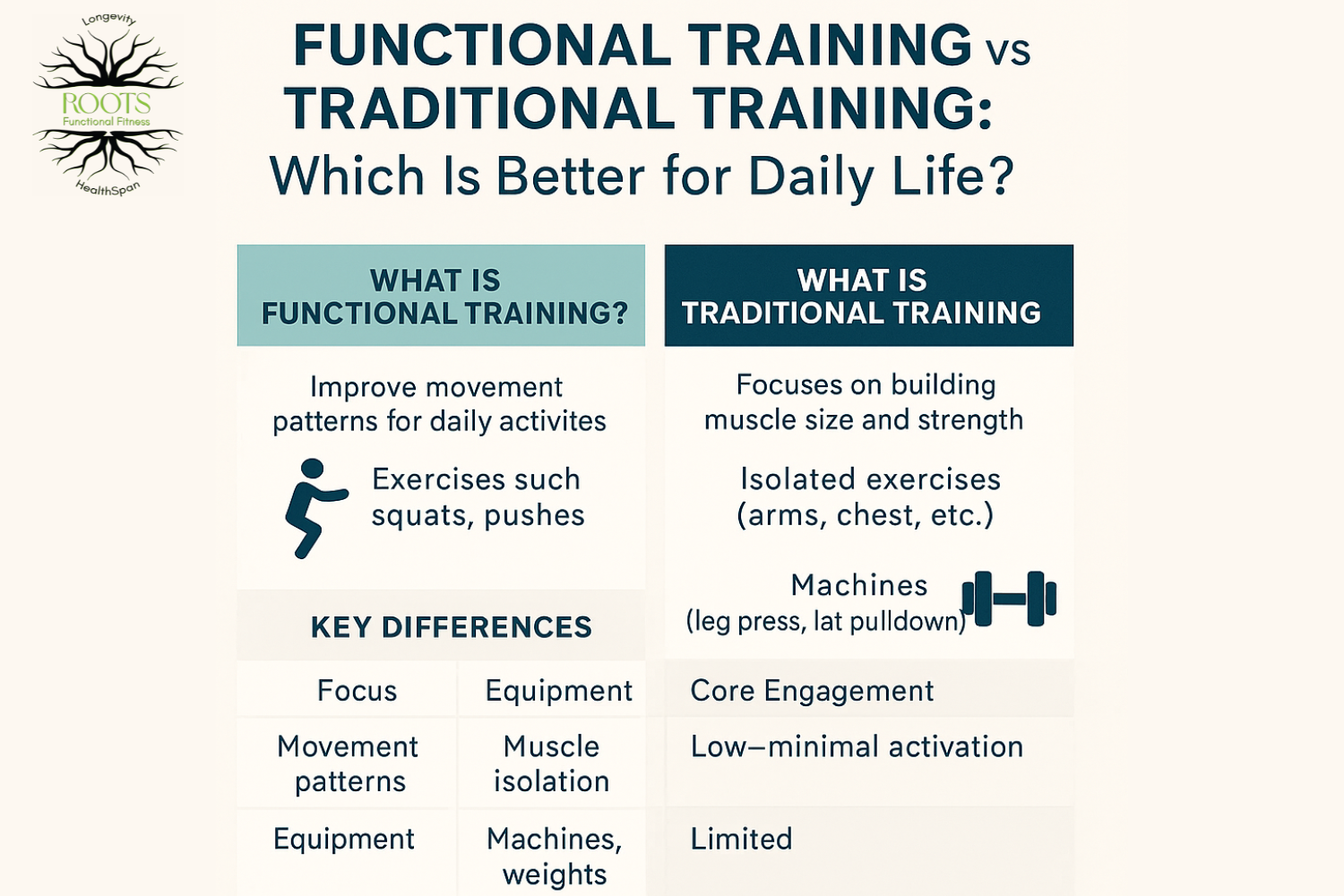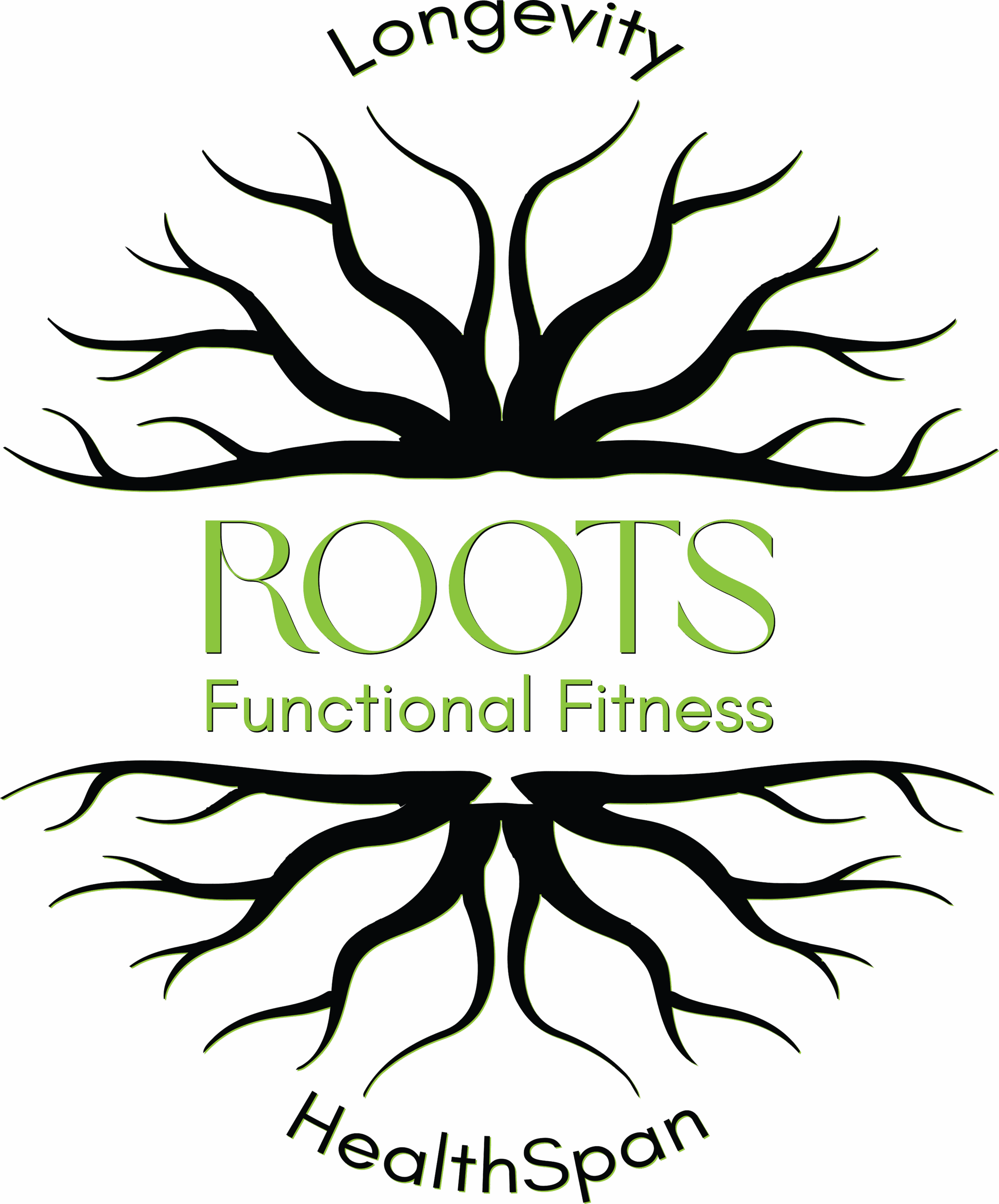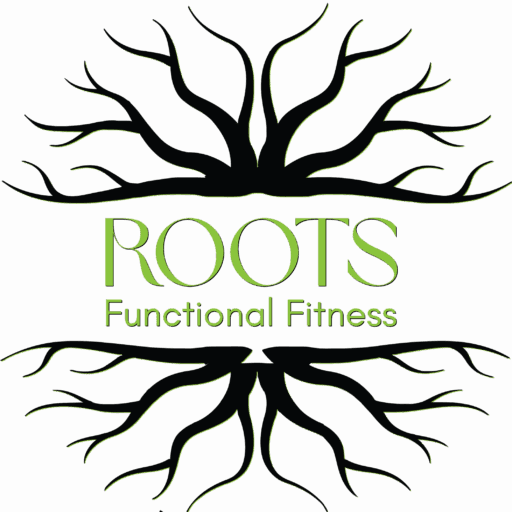Introduction
If you’re looking to boost your health, strength, and overall performance, the kind of training you choose — whether Functional training or Traditional training — really makes a difference. Many people stick to traditional gym routines, focusing on specific muscle groups with machines. On the other hand, functional training emphasizes workouts that mimic real-life movements to improve how your body performs in everyday situations.
At Roots Functional Fitness in Denver and Evergreen, Colorado, we focus on helping people discover the training style that fits their lifestyle and goals. Whether you’re a busy professional, a dedicated athlete, or simply someone wanting to move and feel better, understanding the differences between functional and traditional training can help you make smarter choices on your fitness journey.
🏋️ What Is Functional Training?
Functional training is all about enhancing the way your body handles everyday activities, focusing on function rather than just appearance. These workouts engage multiple muscles and joints simultaneously, helping to boost strength, coordination, stability, and mobility.
Key Principles of Functional Training
- Multi-joint movements: Think about exercises like squats, lunges, pushes, pulls, and rotations.
- Stability and balance: Many of the exercises rely on your core and stabilizing muscles, simulating real-world challenges.
- Movement patterns over muscle groups: Instead of designating specific days for arms or legs, functional training emphasizes movements such as push, pull, hinge, squat, and carry.
- Adaptable for all levels: Whether you’re a newbie or a seasoned athlete, functional workouts can be adjusted to suit everyone.
Real-Life Movements & Benefits
- Lifting your kids = Deadlifts
- Climbing stairs = Step-ups
- Carrying groceries = Farmer’s carries
- Getting off the floor = Turkish get-ups or squats
These workouts are designed to build strength that you can apply in real life, lower the risk of injuries, and enhance athletic performance.
Who Should Try Functional Workouts?
Anyone wanting to:
- Improve their movement efficiency
- Enhance posture and mobility
- Increase athletic performance
- Alleviate everyday aches and pains
👉 At Roots Functional Fitness, we focus on functional training to help our clients in Denver and Evergreen create bodies that work well, not just look great.
🏋️♂️ What Is Traditional Training?
Traditional training involves structured workouts aimed at isolating specific muscles, often utilizing machines or fixed exercises. This is the familiar gym style that most people are acquainted with.
4 Typical Gym Workouts & Machines
- Leg press machines
- Bicep curls, tricep extensions
- Chest press, lat pulldowns
- Fixed resistance machines and barbells targeting isolated muscle groups
Benefits of Traditional Training
- Excellent for increasing muscle size and strength
- Simpler for beginners to grasp fundamental exercises
- Effective for rehabilitation or focusing on specific weak areas
- Allows for measurable progress in terms of weight lifted and sets completed
Limitations in Daily Functionality
While traditional training enhances strength, it frequently doesn’t replicate real-life movements. Many machine-based workouts reduce the need for core stabilization or balance, which can hinder how that strength translates into everyday activities.

🧠 Which Is Better for Daily Life?
If you’re looking to move more freely, feel stronger, and avoid injuries, functional training is where it’s at! It centers on natural movements, boosts core stability, and enhances your body’s ability to manage real-life physical activities.
For instance:
A parent lifting a little one needs more than just strong arms — they require core strength, leg power, and stability.
Someone in a desk job might need better mobility and posture to stay pain-free.
👉 That’s why functional fitness is fundamental to our training approach in Denver and Evergreen. It’s practical, adaptable, and designed for everyday life.
How to Combine Both Training Styles for Maximum Results (Functional & Traditional Training)
You don’t have to choose one style over the other — the most effective programs often combine functional and traditional training:
- Begin with compound, functional movements (like squats and kettlebell swings).
- Incorporate traditional isolation exercises (such as curls and presses) to enhance specific strength.
- Use machines thoughtfully for injury rehabilitation or to address muscle imbalances.
- Make sure to include mobility and core exercises in every session.
This hybrid method offers you the strength and performance of functional training paired with the muscle-building perks of traditional approaches.
FAQs About Functional vs Traditional Training
Is functional training better than traditional training?
Functional training enhances movement quality, strength, and balance for daily tasks, while traditional training excels at muscle growth. The best programs effectively utilize both styles.
Can beginners do functional workouts?
Absolutely! Functional exercises can be adjusted to suit any fitness level. At Roots Functional Fitness, we support beginners through safe and effective movement practices.
Do I need equipment for functional training?
Not necessarily. Many functional workouts rely solely on bodyweight. Adding resistance bands, kettlebells, or dumbbells can increase the challenge.
How often should I do functional workouts?
Starting with 2–3 times a week is a great choice for most people. Mixing functional sessions with strength or cardio workouts will yield the best results.
📣 Ready to Train Functionally?
At Roots Functional Fitness in Denver & Evergreen, our skilled coaches create tailored training programs that help you move, feel, and live your best.
Book your first functional training session today and discover the difference!

